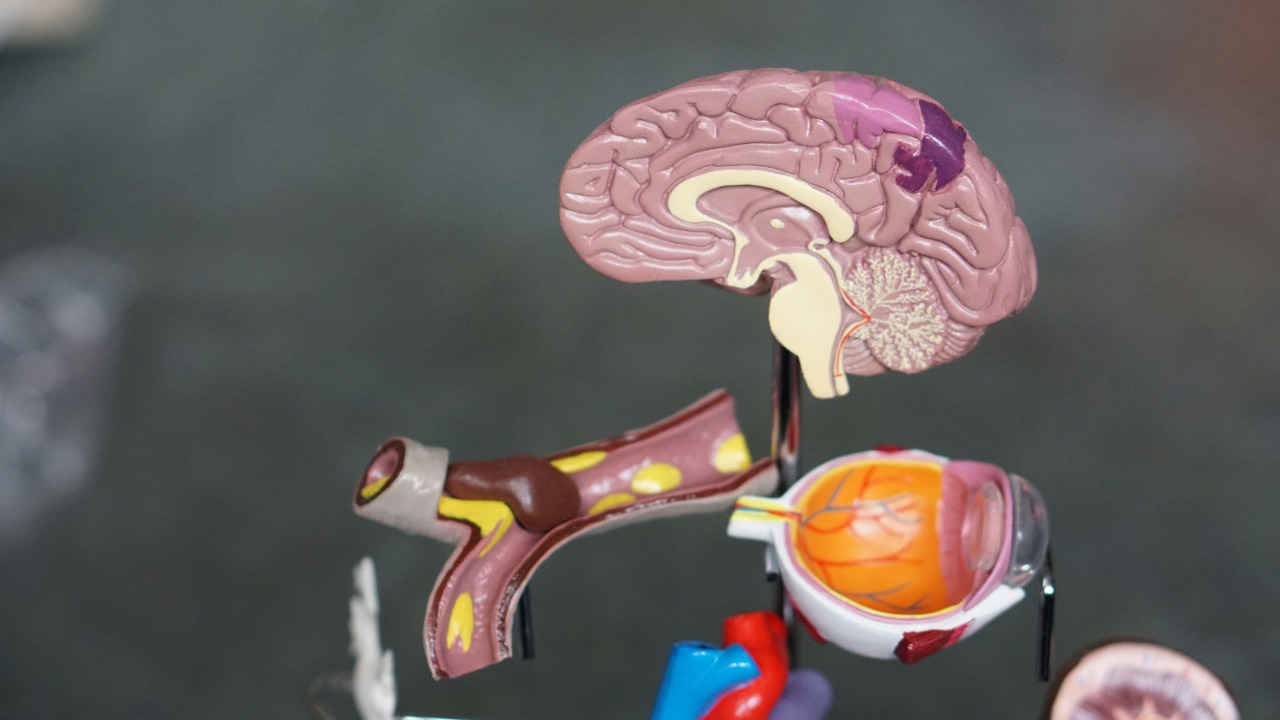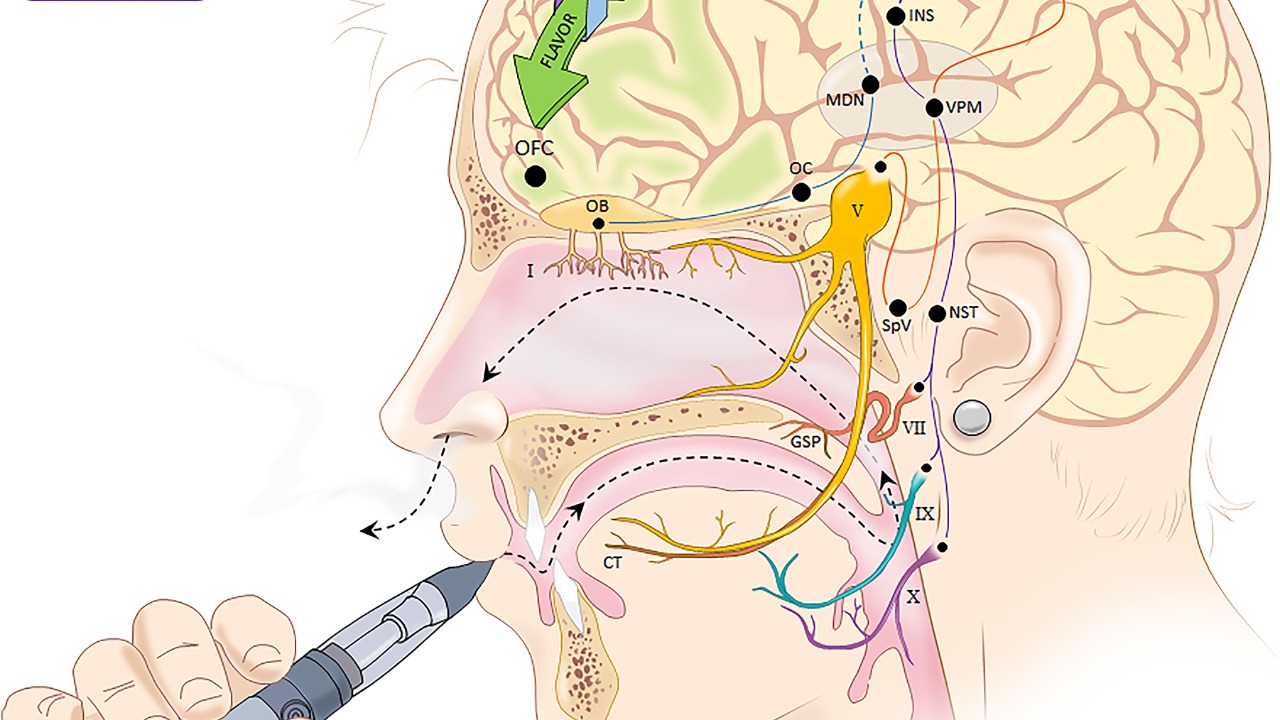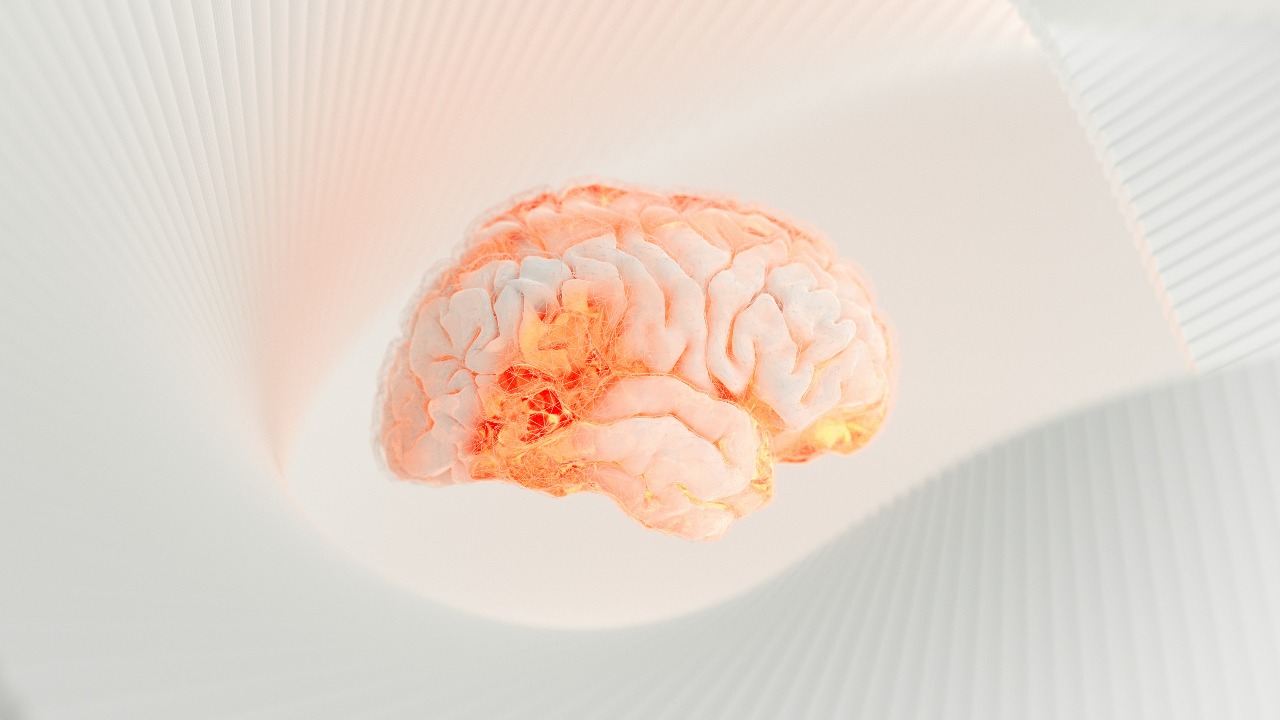
Recent brain scans have pinpointed the insula as the key brain region where inputs from taste and smell senses converge to create the perception of flavor, challenging previous understandings of sensory integration. This discovery, made through functional MRI studies on human subjects, reveals how the anterior insula specifically processes these multimodal signals to form a unified flavor experience. This insight into the brain’s processing of flavor could have significant implications for both the food industry and medical fields.
Understanding Sensory Integration in the Brain

The neuroscience of taste perception begins with taste buds on the tongue, which detect sweet, sour, salty, bitter, and umami flavors. These taste buds send signals via cranial nerves to the brainstem and thalamus before reaching cortical areas. This pathway illustrates the complexity of taste processing and highlights the brain’s role in interpreting these signals to create the sensation of taste. Each taste bud is specialized to detect specific flavor components, which are then integrated into a cohesive taste experience by the brain [source].
In contrast, the pathway for smell involves olfactory receptors in the nasal cavity that detect odor molecules. These signals are transmitted directly to the olfactory bulb and then to the orbitofrontal cortex, bypassing the thalamus, unlike other senses. This direct route underscores the unique nature of olfactory processing and its critical role in flavor perception. The olfactory system’s ability to process a vast array of odor molecules allows for the detection of complex scents, which are essential for the perception of flavor [source].
Traditionally, these separate pathways were viewed in isolation, with flavor often simplistically attributed to smell alone. However, recent imaging advances have provided evidence of a more integrated process. The discovery of the insula’s role in combining taste and smell inputs challenges this traditional view and suggests a more complex interaction between these senses. This new understanding could lead to more nuanced approaches in both culinary arts and sensory therapies [source].
The Insula’s Role in Flavor Perception

The insula, a deep-seated brain structure hidden within the lateral sulcus, is known for its functions in interoception, emotion, and multisensory integration. Its involvement in taste and smell integration highlights its broader role in sensory processing. The insula’s ability to integrate various sensory inputs makes it a crucial hub for creating the perception of flavor. This integration is essential for the brain to form a coherent sensory experience from disparate inputs [source].
Functional MRI scans have shown activation in the anterior insula when subjects experience combined taste-smell stimuli, such as flavored gels, compared to isolated tastes or smells. This activation suggests that the insula plays a pivotal role in the perception of flavor by integrating taste and smell signals. The ability of the insula to process these combined stimuli highlights its importance in creating a unified sensory experience, which is crucial for the perception of complex flavors [source].
The insula acts as a hub for binding sensory inputs, with studies demonstrating stronger neural responses to congruent taste-smell pairs like chocolate aroma with sweet taste versus incongruent ones. This finding underscores the insula’s role in enhancing the perception of flavor through the integration of compatible sensory inputs. The ability to distinguish between congruent and incongruent stimuli is essential for the brain to create a coherent flavor experience, which has implications for both culinary applications and sensory therapies [source].
Implications for Food Science and Health

Understanding flavor integration has significant applications in the food industry, where it could improve product design by enhancing sensory appeal through targeted aroma-taste combinations. By leveraging insights into how the brain processes flavor, food scientists can create products that maximize sensory enjoyment. This approach could lead to the development of new food products that are both appealing and satisfying to consumers [source].
The relevance of this research extends to medical conditions like anosmia or age-related taste loss, where insula dysfunction might explain diminished flavor perception in patients with neurological disorders. Understanding the insula’s role in flavor perception could lead to new therapies for individuals with sensory deficits. By targeting the insula, it may be possible to develop treatments that restore or enhance flavor perception in affected individuals [source].
Future research directions could include using this insula-flavor model to study eating behaviors or develop therapies for sensory deficits in conditions like Parkinson’s disease. By exploring the insula’s role in flavor perception, researchers can gain insights into how sensory processing affects eating habits and develop interventions to address sensory-related eating disorders. This research could lead to new strategies for managing conditions that impact flavor perception and eating behavior [source].
Methodological Advances in Brain Imaging

The use of functional MRI in these studies allows researchers to measure blood-oxygen-level-dependent signals to map brain activity during sensory tasks without invasive procedures. This non-invasive approach provides a detailed view of how the brain processes sensory information, offering insights into the neural mechanisms underlying flavor perception. The ability to visualize brain activity in real-time is crucial for understanding the complex interactions between taste and smell [source].
Experimental setups in these studies included exposing participants to controlled stimuli like odorants delivered via sniff tubes and tastants through mouth rinses to isolate and combine inputs. This controlled environment allows researchers to systematically study the effects of different sensory inputs on brain activity. By manipulating the sensory stimuli, researchers can gain insights into how the brain integrates taste and smell to create the perception of flavor [source].